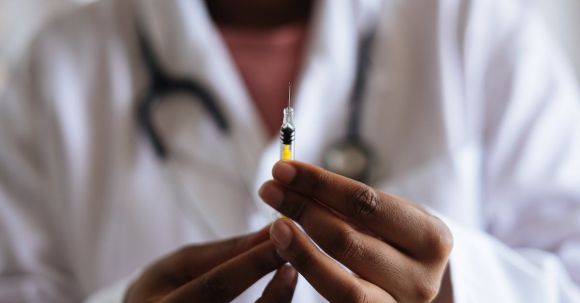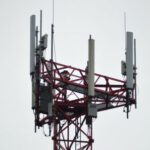Vaccines have revolutionized modern medicine by providing a means to prevent infectious diseases. But have you ever wondered how vaccines actually work at the cellular level? In this article, we will delve into the fascinating world of immunology to understand the intricate mechanisms behind vaccine-induced immunity.
The Immune System: A Powerful Defense
Before we can understand how vaccines work, it is crucial to have a basic understanding of the immune system. The immune system is our body’s defense mechanism against invading pathogens such as bacteria and viruses. It is composed of various cells, tissues, and molecules that work together to protect us from infections.
The Role of Vaccines
Vaccines play a crucial role in training and preparing the immune system to recognize and combat specific pathogens. They contain either weakened or inactivated forms of the pathogen or certain components of it, such as proteins or sugars. When administered, vaccines stimulate the immune system to mount a response as if it were being attacked by the actual pathogen.
Recognition and Activation
Upon vaccination, the immune system recognizes the foreign substances present in the vaccine. This recognition occurs mainly through specialized cells called antigen-presenting cells (APCs), such as dendritic cells. APCs engulf the vaccine components and break them down into smaller fragments.
Presentation to T Cells
The fragments of the vaccine components are then presented on the surface of APCs. They act as a signal to another type of immune cell called T cells. T cells are essential for coordinating and regulating immune responses. When the T cells encounter the presented fragments, they become activated.
B Cell Activation
T cells have a vital role in activating another type of immune cell called B cells. B cells produce antibodies, which are proteins that can recognize and bind to specific pathogens. When T cells activate B cells, they undergo a process called clonal expansion, where they multiply rapidly. This expansion ensures that a sufficient number of B cells are available to target the antigen.
Antibody Production
The activated B cells differentiate into plasma cells, which are antibody-producing factories. These plasma cells churn out large quantities of specific antibodies that are tailor-made to bind to the antigen from the vaccine. These antibodies circulate throughout the body, ready to neutralize the actual pathogen if encountered.
Memory Cells
One of the most remarkable aspects of the immune response elicited by vaccines is the generation of memory cells. Memory cells are long-lived immune cells that “remember” the encounter with a specific pathogen. They remain in the body even after the initial immune response has subsided.
Rapid Response to Future Infections
If the vaccinated individual encounters the actual pathogen in the future, memory cells quickly recognize it. They trigger a rapid and robust immune response, leading to the production of large amounts of specific antibodies and the activation of other immune cells. This rapid response helps to eliminate the pathogen before it can cause severe illness.
In conclusion, vaccines work at the cellular level by stimulating the immune system to recognize and respond to specific pathogens. Through a series of complex interactions between immune cells, vaccines generate a protective immune response that can prevent or mitigate the severity of infectious diseases. By understanding these cellular mechanisms, we can appreciate the power and effectiveness of vaccines in safeguarding our health.





